Happy Birthday, Disneyland!
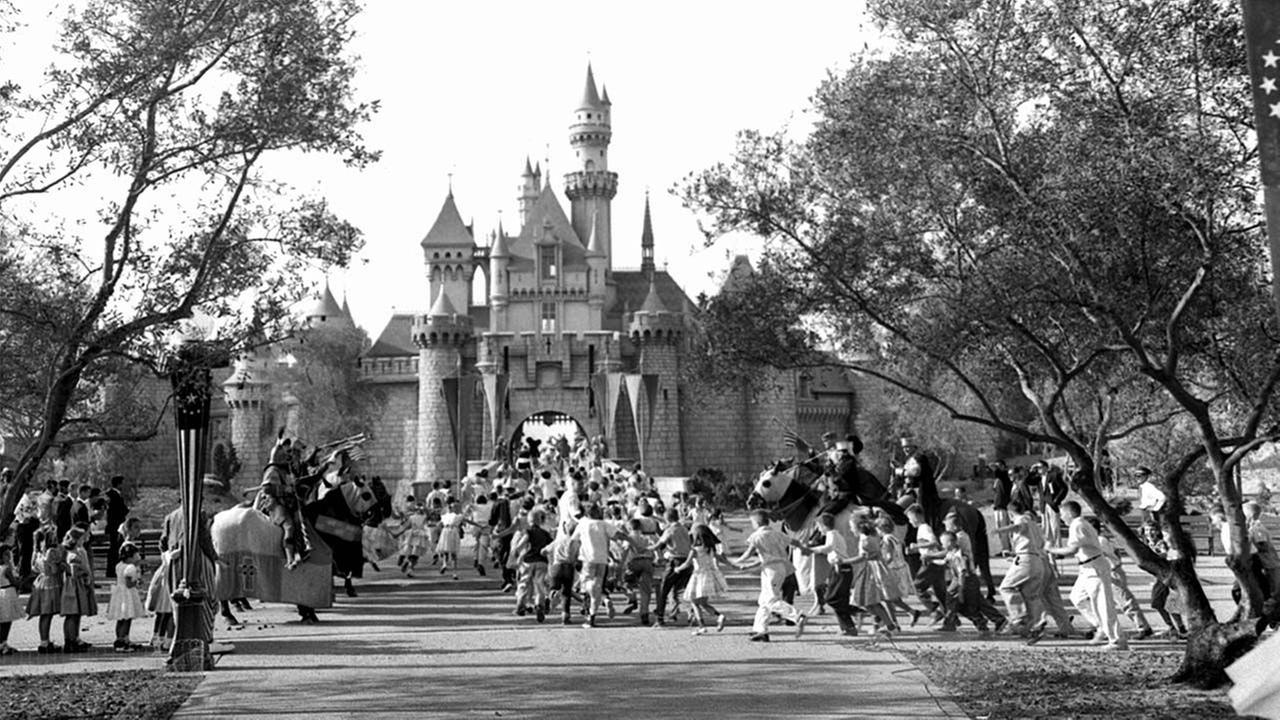 It was on July 17th in 1955 that Disneyland first opened to the public.
It was on July 17th in 1955 that Disneyland first opened to the public.
Dubbed "Walt's Folly" by the "smart money," Walt Disney gambled his future and the future of his studio on the amusement park in Anaheim, California. Disney sunk every penny he had into the place and still required a substantial investment from ABC-TV to finish it. Today, the Disney company has multiple "theme parks" (a term Walt invented) in Florida, France, Japan, Hong Kong and Shanghai. In addition, the Disney Company now owns ABC-TV.
On the day it opened, the park only had 14 attractions operating. They were:
Fire Engine (Main Street)
Main Street Cinema (Fantasyland)
Jungle Cruise (Adventureland)
Mark Twain Riverboat (Frontierland)
The Golden Horseshoe Revue (Frontierland)
King Arthur Carousel (Fantasyland)
Snow White's Scary Adventure (Fantasyland)
Peter Pan's Flight (Fantasyland)
Mr. Toad's Wild Ride (Fantasyland)
Casey Jr. Circus Train (Fantasyland)
Storybookland Canal Boats (Fantasyland)
Mad Tea Party (Fantasyland)
Autopia (Tomorrowland)
Disneyland Railroad (The Entire Park)
BTW - To get ABC to invest, Disney had to promise to make TV shows for the network. In a classic "wn-win," Walt created "The Mickey Mouse Club" for the late afternoons and "Disneyland" for Sunday nights in prime time. Of course, the second show worked like a 60-minute commercial for his theme park and quickly made every Baby Boomer in America want to go there!
Memory Problems? Take a Hike!
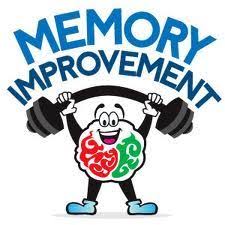 No, really!
No, really!
Walking can boost your memory as you get older.
Researchers have found that people who walk between 6 and 9 miles a week had a lower risk of memory loss.
Riverdale Confidential
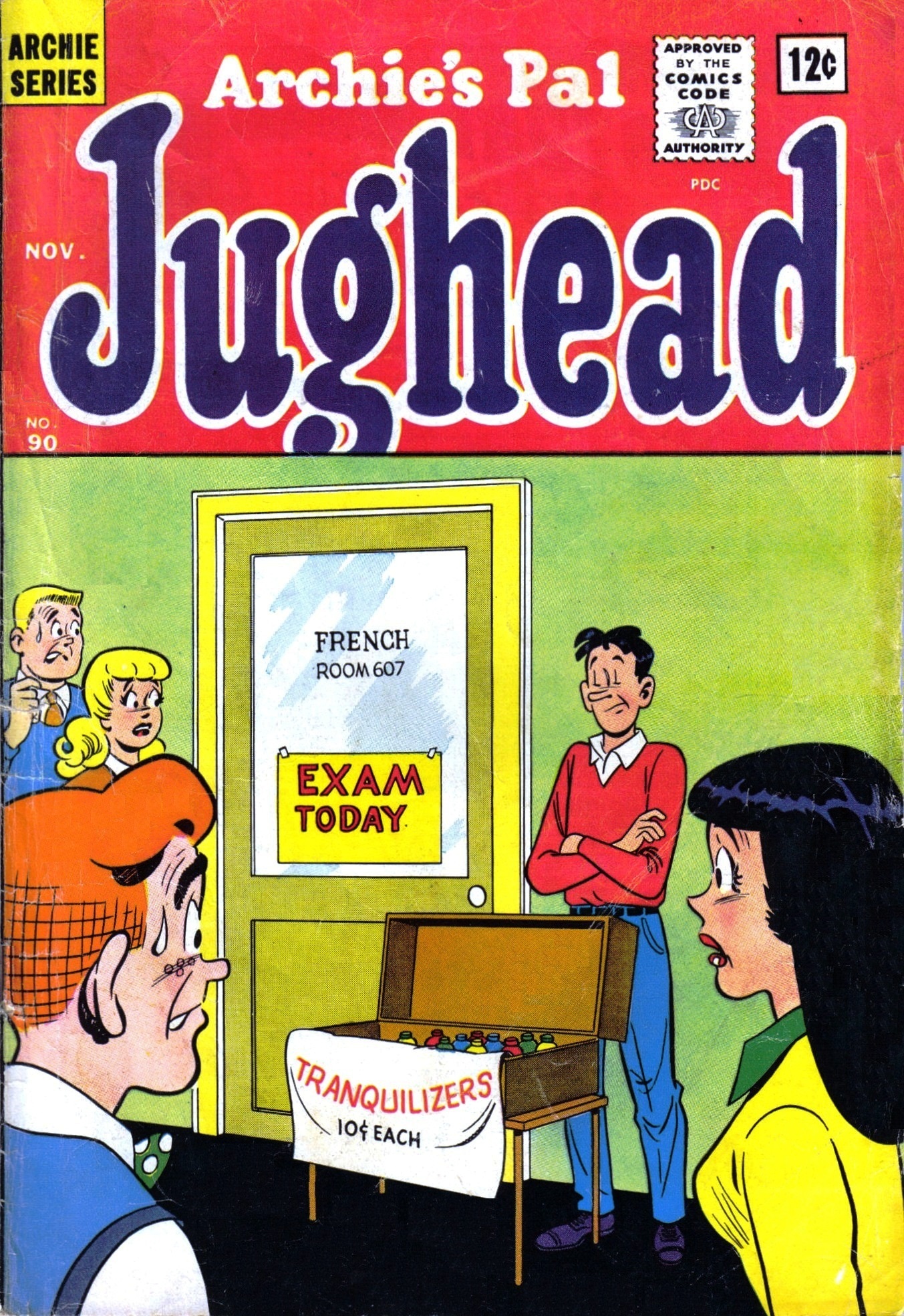
Photographic proof of what we all suspected.
The drug cartel pushing opioids on Riverdale’s formerly clean-cut high school kids was smashed when surveillance cameras caught Forsythe P. (“Jughead”) Jones and a group of his customers, who are visibly going through withdrawal symptoms.
Police have warrants out for two other alleged members of the cartel, Reginald (“The Weasel”) Mantle and suspected ringleader, Waldo (“Killer Bee”) Weatherbee, who is also sought for questioning in connection with a male prostitution ring.
The TV That Time Forgot: Ozzie and Harriet
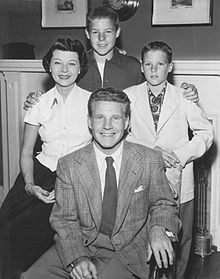 Anyone who knows TV history knows that Seinfeld pulled one of the biggest con jobs in American broadcasting history with their claim that they were “A show about nothing.” Every single episode had a main plot and secondary plot (A and B plots in TV jargon) – just like every episode of every sit-com on the air at the time.
Anyone who knows TV history knows that Seinfeld pulled one of the biggest con jobs in American broadcasting history with their claim that they were “A show about nothing.” Every single episode had a main plot and secondary plot (A and B plots in TV jargon) – just like every episode of every sit-com on the air at the time.
The REAL “show about nothing?” Well, that was unquestionably The Adventures of Ozzie and Harriet. Never has the word “adventure” been so misused!
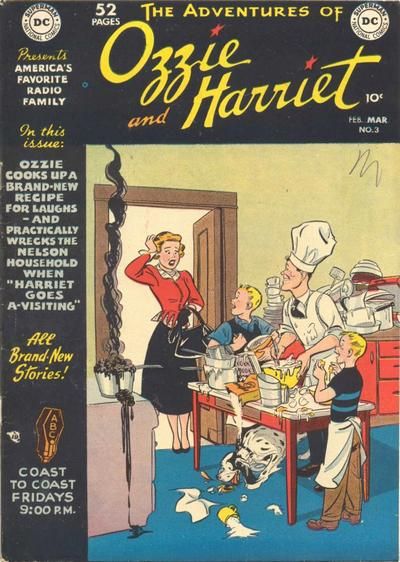 Jerry Seinfeld had a job – he was a stand-up comic. We even got to see him doing his job once and awhile. Ozzie Nelson had no job that we could ever discern. He was always roaming around his house, getting in the way of Harriet. How they kept the lights on with no paycheck is one of the great unsolved mysteries of our age!
Jerry Seinfeld had a job – he was a stand-up comic. We even got to see him doing his job once and awhile. Ozzie Nelson had no job that we could ever discern. He was always roaming around his house, getting in the way of Harriet. How they kept the lights on with no paycheck is one of the great unsolved mysteries of our age!
And what plots did Ozzie & Harriet ever have? Harriet bakes a cake for the school bake sale. Ozzie eats a piece and then tries to blame Ricky? It makes “The Puffy Shirt” seem like “Of Mice &Men.”
And Jerry was the only one on his show playing himself. On Ozzie & Harriet, the whole family played themselves. The opening credits were ridiculously redundant: “Here’s Ozzie, playing Ozzie Nelson… Here’s Harriet, paying Harriet Nelson…” and so forth.
How weird must it have been for David Nelson and Ricky to grow up playing pretend versions of themselves. The quiet middle class lifestyle they portrayed on the show was nothing like the wealthy Hollywood lifestyle they really were living.
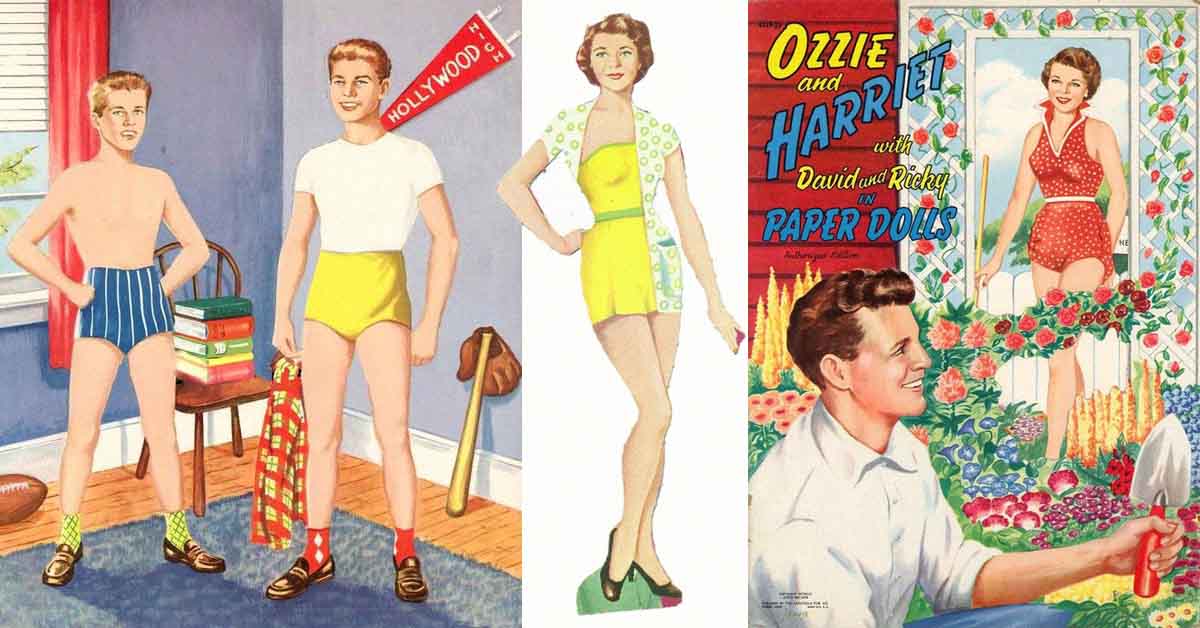
In the early days, when they boys were younger, most of the plots involved Ozzie and his neighbor, Thorny (played by Don DeFoe, who later turned up as Hazel’s boss).
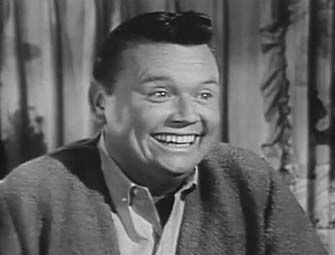 As the boys grew, the plots centered more around Rick and his college life, including his best buddy, Wally Plumstead.
As the boys grew, the plots centered more around Rick and his college life, including his best buddy, Wally Plumstead.
The show was a favorite for so long, not because it had clever plots and not really for the humor (because it was never that funny). It was popular because it portrayed family life in post-war America not as it was, but as we thought it should be.
The JFK assassination and the turmoil of the 1960’s shattered that illusion. Ozzie & Harriet went off the air in 1966, capping a 14-year run on television (and even a number of years on radio before shifting to TV).
Today, the show is chiefly important for launching the career of one of rock’s great early artists, Rick Nelson. It was widely believed at the time that the only reason Rick became successful was because of the weekly exposure he got on the show. And certainly, many other shows thought they could copy the formula.
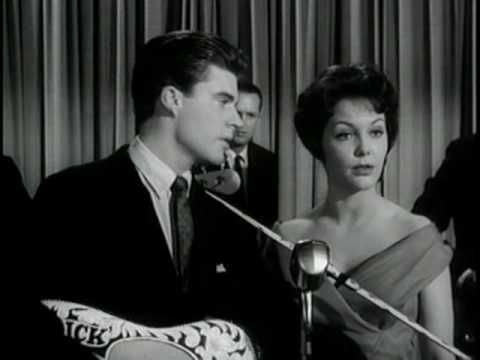 Patty Duke, Shelly Fabres, Paul Peterson, Ed “Kookie” Byrnes, Connie Stevens, Annette Funicello and others all hit the recording studio. But nearly all of them were one or two-hit wonders and went back to concentrating on their acting careers. Rick kept playing music – assembling an impressive string of hit records in the pre-Beatles era and then scoring two more hits (a cover of Bob Dylan’s “She Belongs to Me” and his own “Garden Party”) in the latter half of the Sixties.
Patty Duke, Shelly Fabres, Paul Peterson, Ed “Kookie” Byrnes, Connie Stevens, Annette Funicello and others all hit the recording studio. But nearly all of them were one or two-hit wonders and went back to concentrating on their acting careers. Rick kept playing music – assembling an impressive string of hit records in the pre-Beatles era and then scoring two more hits (a cover of Bob Dylan’s “She Belongs to Me” and his own “Garden Party”) in the latter half of the Sixties.
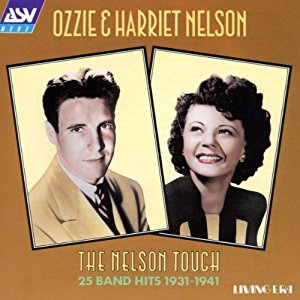 And why not? By the time Ozzie & Harriet had become a television mainstay, people had forgotten that Ozzie was a big band leader and Harriet had once been his band’s featured vocalist. The lad came by his musical ability honestly.
And why not? By the time Ozzie & Harriet had become a television mainstay, people had forgotten that Ozzie was a big band leader and Harriet had once been his band’s featured vocalist. The lad came by his musical ability honestly.
Rick was still recording and performing right up until his untimely death in a plane crash in 1985. He earned a well-deserved place in the Rock & Roll Hall of Fame.
If you really must watch the show, many, many of the episodes are available on both public domain discs and officially sanctioned home video collections.
BTW – Ozzie managed to crank out 435 shows about nothing, Seinfeld only made it to 180.
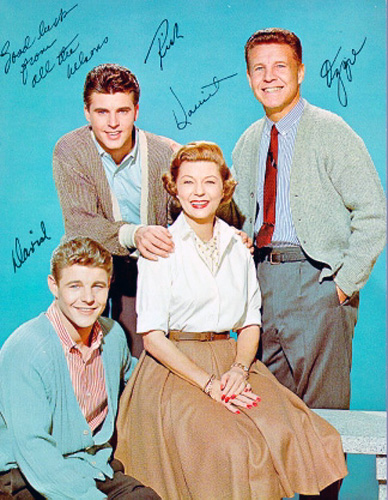
The 5-Cent Fortune
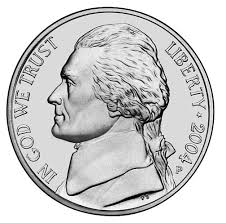 Having trouble saving money? Here's a simple trick.
Having trouble saving money? Here's a simple trick.
Start out by putting away 5¢ tomorrow. The next day add a nickel (putting away 10¢).
Keep increaisng the amount by five cents a day. At the end of a year, you'll still only putting away $18.75, but you will have saved $3,339.75!
Summer and Soap
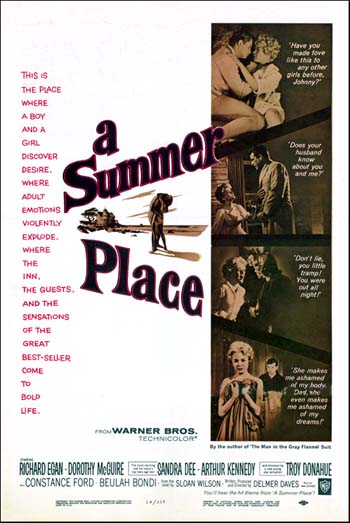 A Summer Place (1959)
A Summer Place (1959)
Want to see how much times have changed? Drag this one-time blockbuster from 1959 out of mothballs and give a spin!
There’s a reason A Summer Place is best-remembered for its musical theme and not for its plot or acting. The subject matter is sex… middle-age sex and teen-age sex. And like most films from that time period, it wants to give you all the dirty details with a heaping dose of hypocritical moralizing.
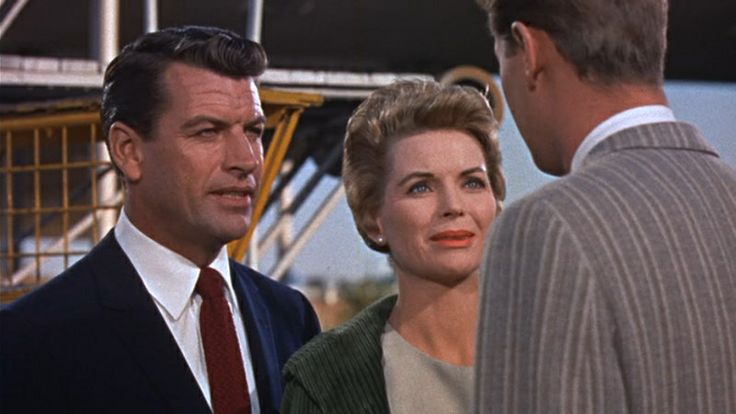 The first half of the film is about an adulterous affair between Richard Eagan and Dorothy Malone at a summer resort in Maine that’s owned by Malone’s ne’er-do-well husband (Arthur Kennedy). Eagan’s wife (Constance Ford) is a cold, social-climbing shrew who refuses to have sex with her husband and attempts to stifle the budding sexuality of her daughter, played by “Look at me, I’m” Sandra Dee.
The first half of the film is about an adulterous affair between Richard Eagan and Dorothy Malone at a summer resort in Maine that’s owned by Malone’s ne’er-do-well husband (Arthur Kennedy). Eagan’s wife (Constance Ford) is a cold, social-climbing shrew who refuses to have sex with her husband and attempts to stifle the budding sexuality of her daughter, played by “Look at me, I’m” Sandra Dee.
In Hollywood, when they want you to root for the adulterers, they always give them terrible spouses. Malone’s husband is an alcoholic (from a time when addiction was seen as a moral failing) and Egan’s wife is also a gold-digger. So like we said, what marriage vows?
Anyway, Egan used to be a lifeguard in this resort town, but Malone dumped him for the then-richer Kennedy. Now, the tables have turned and Eagan’s a millionaire. So, remind us why Malone is not a gold-digger and Eagan’s wife is.
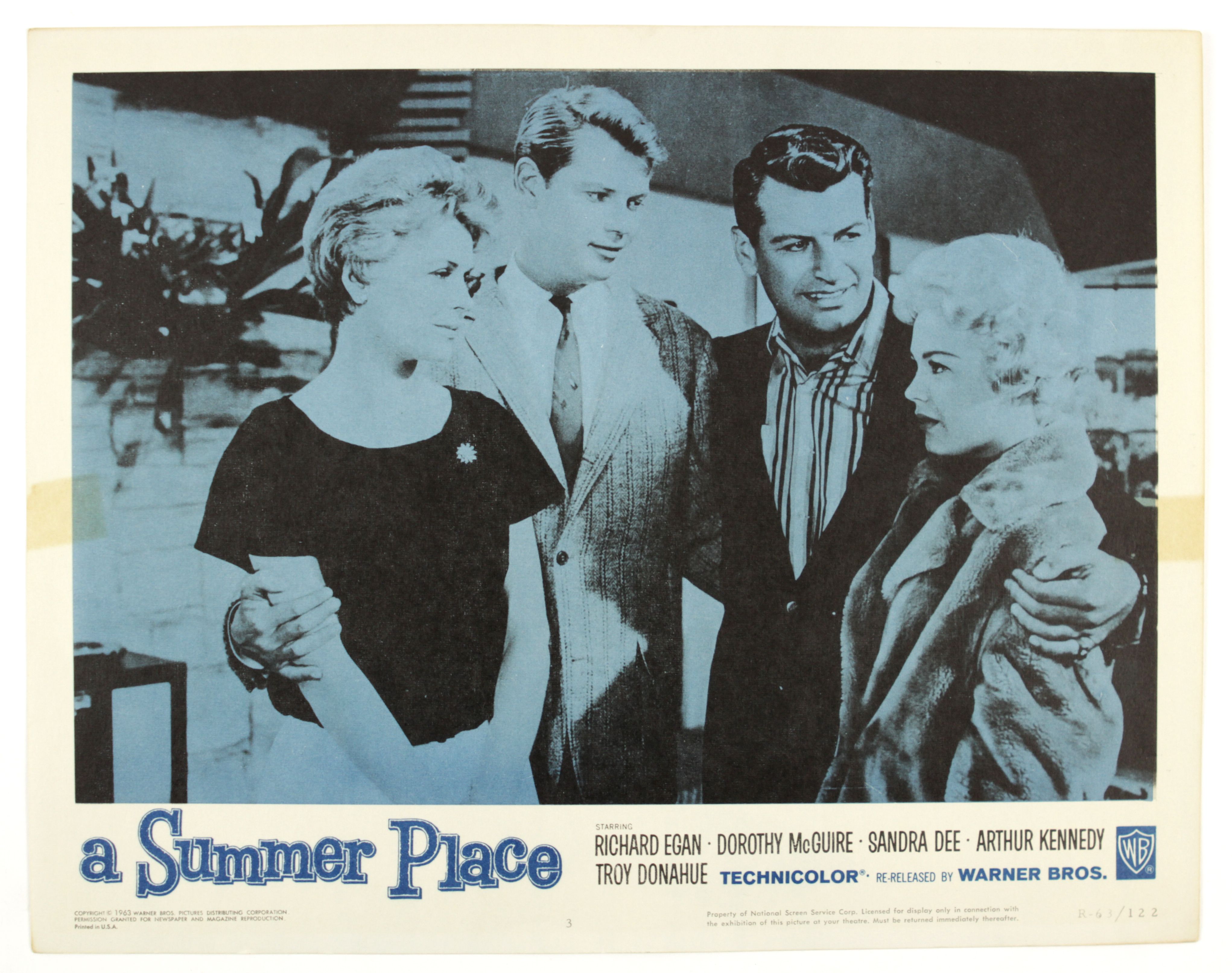 Anyway, the affair doesn’t stay secret for long and A Summer Place is left with half a movie to fill, so the story shifts abruptly to the “forbidden romance” between Sandra Dee and Dorothy Malone’s son, Troy Donahue.
Anyway, the affair doesn’t stay secret for long and A Summer Place is left with half a movie to fill, so the story shifts abruptly to the “forbidden romance” between Sandra Dee and Dorothy Malone’s son, Troy Donahue.
They are both “good kids,” which was 1950’s Hollywood-speak for virgins. But they decide to consummate their relationship and of course, Sandra Dee pays for this transgression by immediately getting pregnant.
Anyway, there’s an actual house designed by Frank Lloyd Wright that figures into this part of the plot and all of the sexual shenanigans take place off-screen.
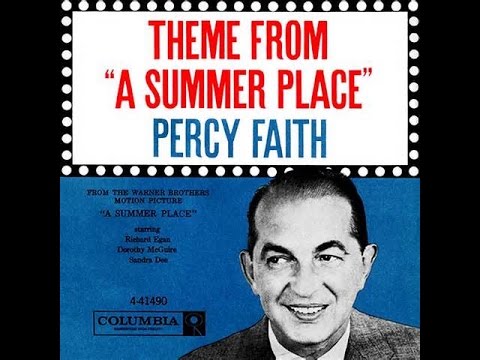 It’s all just an excuse to look at some gorgeous scenery (with California standing in for Maine) and hear Max Steiner’s “Theme from ‘A Summer Place’,” which went to #1 in 1959 and has become something of a standard.
It’s all just an excuse to look at some gorgeous scenery (with California standing in for Maine) and hear Max Steiner’s “Theme from ‘A Summer Place’,” which went to #1 in 1959 and has become something of a standard.
For some reason, this film is a sentimental favorite for some. Clips from it appear in the film Diner (1982) and the Lois and Clark TV series in the 90s.
And as mentioned, Sandra Dee and Troy Donahue were immortalized in that song from Grease. Oh, their mother and father have also become their mother- and father-in-law at the fade out. No one mentions this.
If you want a trip back to a time when Americans wanted sex in their movies, but still needed to be scolded about it, make A Summer Place part of your summer movie-viewing.
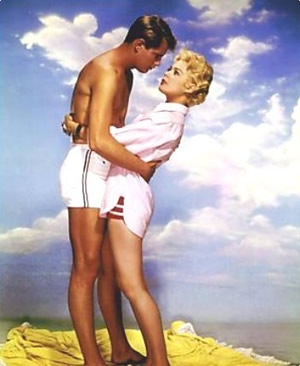
Fashion Trends of the 1960s
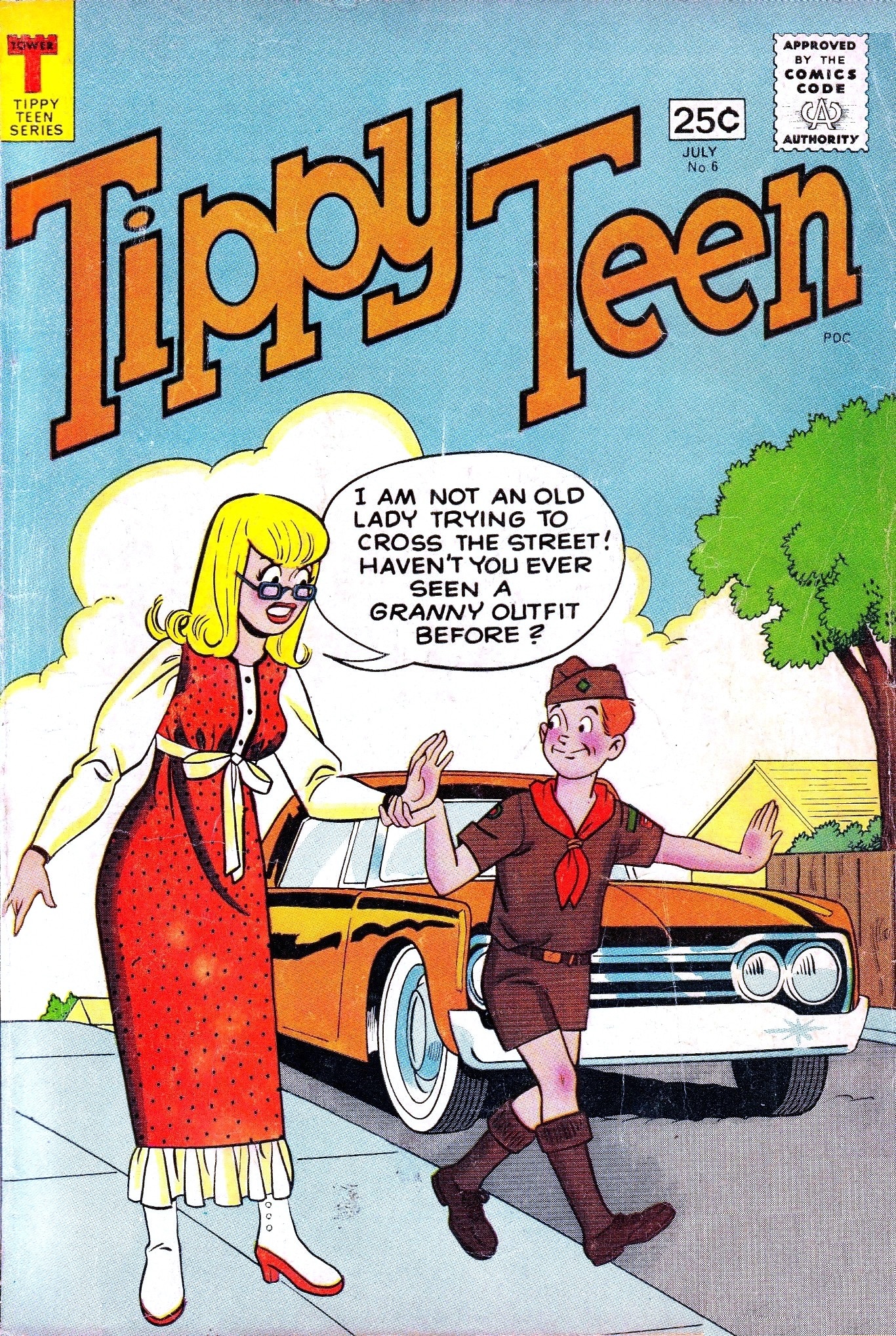
Remember when all the girls were trying to look like grannies?
Now, many of you ARE grannies!
Some Not-So-Smart Things About Smartphones
 Most of us know that talking on our smartphones or texting while driving can be hazardous to our health. But there are other physical dangers if you happen to be spending so much time on your phone!
Most of us know that talking on our smartphones or texting while driving can be hazardous to our health. But there are other physical dangers if you happen to be spending so much time on your phone!
1. Text Neck: Medical professionals are reporting an increase in chronic stiff necks from people who spend too much time sending text messages on their smart phone. Believe it or not, there is actually an app called "Text Neck Indicator" that can alert you when you have your head in the wrong position for too long. Also, many of the vocie recognition software now available allow you to simply speak your text message while keeping your head upright.
2. Eyestrain: Staring at our computer screens or cell phone screen for too long can lead to eyestrain. While our phones, it's not just the light that the screen emits that can cause damage, it's also that the text is often much smaller than we really are comfortable reading.
3. Digit Fatigue: Like "Text Neck," too much messaging can put a strain on your fingers and that can lead to inflamation and even arthritis. Again, use voice command software to give your tender digits a break,
In Defense of the Monkees
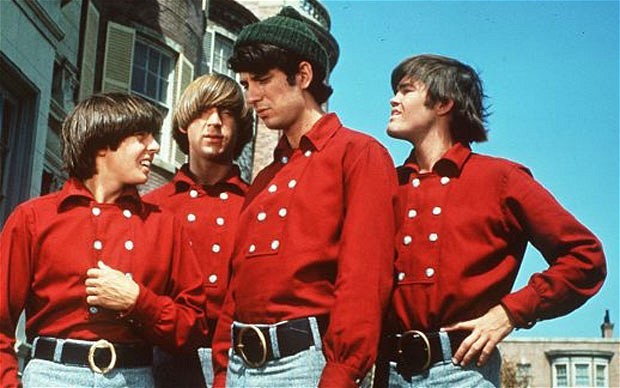 Perhaps the Guiltiest of Guilty Pleasures for a Rock Fan
Perhaps the Guiltiest of Guilty Pleasures for a Rock Fan
With the possible exception of ABBA (who we’ll talk about at a later date, trust us), there was no band who took more flak from “serious rock fans” than the Pre-Fab Four.
Criticized from the beginning because they were not a band who came together in the traditional sense, the Monkees were “cast,” mere actors signed to pretend to be a rock band on television show. Adding insult to injury, it was quickly revealed that the lads didn’t even play on their own records! So “serious rock fans” quickly wrote them off.
But how valid was the criticism? In truth, not very.
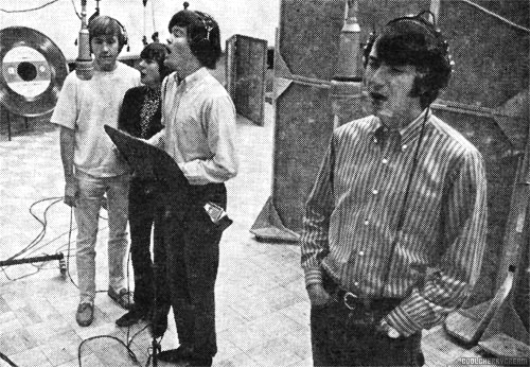 Yes, they were cast as actors on TV sitcom, but they all had genuine musical ability. Davy Jones had entertained Broadway audiences as the Artful Dodger in the musical Oliver! He had even been signed as a singer to Columbia Pictures’ (the studio that produced the Monkees’ TV show) Colgems record label. Michael Nesmith had already written “Different Drum,” which became Linda Ronstadt’s first big hit. Peter Tork had been playing guitar in the L.A. club scene and Mickey Dolenz turned out to have one of the great rock & roll voices of that era.
Yes, they were cast as actors on TV sitcom, but they all had genuine musical ability. Davy Jones had entertained Broadway audiences as the Artful Dodger in the musical Oliver! He had even been signed as a singer to Columbia Pictures’ (the studio that produced the Monkees’ TV show) Colgems record label. Michael Nesmith had already written “Different Drum,” which became Linda Ronstadt’s first big hit. Peter Tork had been playing guitar in the L.A. club scene and Mickey Dolenz turned out to have one of the great rock & roll voices of that era.
What’s more, although we didn’t know it at the time, many of the bands we idolized were not playing on their own records! The group of elite session musicians known as The Wrecking Crew not only played on the Monkees’ records, but they also were playing on every Beach Boys album from Today through Pet Sounds. Outside of Roger McGuinn, the Byrds didn’t play on their first album either. It was the same guys who were playing on the Monkees’ records.
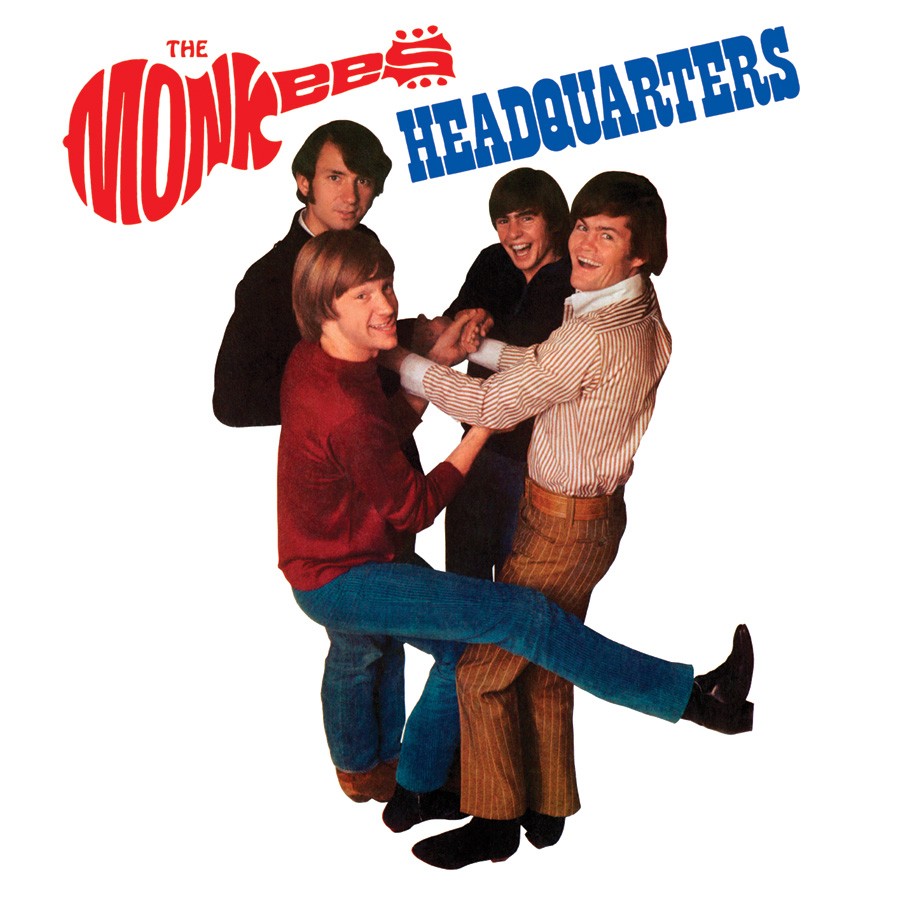 So cut the Monkees some slack. Their songs were written by some of rock’s most gifted performers including Neil Diamond, Carole King, Jeff Barry & Ellie Greenwich, Harry Nilsson, Tommy Boyce & Bobby Hart and many more. Mike Nesmith developed into a legitimate songwriter and performer, scoring several solo hits and getting credit for developing the market for music videos with his landmark Elephant Parts – the first collection of music videos ever marketed (released pre-MTV). And because of very strenuous pushing, mostly by Nesmith, the Monkees got control of their own recordings beginning with their 3rd album, Headquarters.
So cut the Monkees some slack. Their songs were written by some of rock’s most gifted performers including Neil Diamond, Carole King, Jeff Barry & Ellie Greenwich, Harry Nilsson, Tommy Boyce & Bobby Hart and many more. Mike Nesmith developed into a legitimate songwriter and performer, scoring several solo hits and getting credit for developing the market for music videos with his landmark Elephant Parts – the first collection of music videos ever marketed (released pre-MTV). And because of very strenuous pushing, mostly by Nesmith, the Monkees got control of their own recordings beginning with their 3rd album, Headquarters.
If you haven’t listened to them lately, you’ll be surprised at how well their music has aged.
Having been back together on a “sometimes” basis since 1986 and having released their most recent album, Good Times, in 2016 (including a posthumous track recorded by Davy Jones), the Monkees have earned a place of honor in rock & roll history.
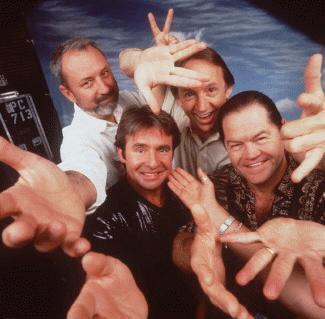
Remember When: Test Patterns
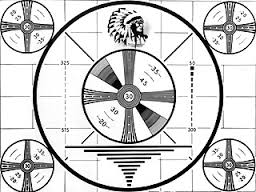 Those of us of a certain age can remember when TV didn't broadcast 24 hours a day. After the Blue Angels had gone screaming across the sky as "The Star-Spangled Banner" played in the background, most stations put up what was known as a "test pattern." The stations kept broadcasting these cards until they resumed programming the next morning. They were also displayed when networks or local stations lost their transmission signal from remote locations. These were cards designed to help technicians calibrate broadcasting equipment as well as home TV sets.
Those of us of a certain age can remember when TV didn't broadcast 24 hours a day. After the Blue Angels had gone screaming across the sky as "The Star-Spangled Banner" played in the background, most stations put up what was known as a "test pattern." The stations kept broadcasting these cards until they resumed programming the next morning. They were also displayed when networks or local stations lost their transmission signal from remote locations. These were cards designed to help technicians calibrate broadcasting equipment as well as home TV sets.
When color came to dominate television, the test pattern was replaced by color bars, although even those are no longer needed to tune contemporary broadcasting equipment or flat screen TVs.
The most famous test pattern was one of the first - developed by RCA in 1939. It's known as "the Indian head" test pattern because of its inclusion of a Native American in full headdress.
For a time, NBC (owned by RCA) created an additional test pattern, featuring the network's biggest star:
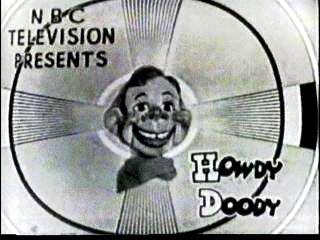
Pop Up Player
Latest Posts–Movies & TV
-
The TV That Time Forgot: Annie Oakley
There was a time when Westerns dominated television programming so thoroughly that it was tough (with no home video, no streaming, and just 3 networks if you lived in a city big enough to have…
-
The TV That Time Forgot: My Living Doll (1964-65)
For a show that lasted only a single season, a surprising number of Baby Boomers remember the situation comedy My Living Doll. Perhaps that’s because once seen, Julie Newmar cannot easily be forgotten. The situation…
-
Alfred Hitchcock Presents
While often lumped together with “The Twilight Zone” and “Boris Karloff’s Thriller,” “Alfred Hitchcock Presents” is the true original, debuting 4 years before TZ and 5 before “Thriller.” Alfred Hitchcock’s show was also different than…
-
The TV That Time Forgot: The Donna Reed Show
For 8 seasons, The Donna Reed Show provided Baby Boomers with a sort of Mother Knows Best amid a ton of family sitcoms focused on the father. Cast as Donna Stone, Donna presided over a…
-
Friday Night at the Drive-In: Lover Come Back (1961)
Sequels & remakes? Nothing new here – Hollywood’s been recycling stuff ever since the first “magic lantern shows.” Want proof? Let’s settle in to watch one of those terribly puritanical “sex comedies” from the Sixties…
-
The TV That Time Forgot: The Millionaire
Boy! Could we use a show like this in real life! From 1955 to 1960, for 5 seasons an eccentric millionaire would give away $1 million to somebody he never even met. We were allowed…


